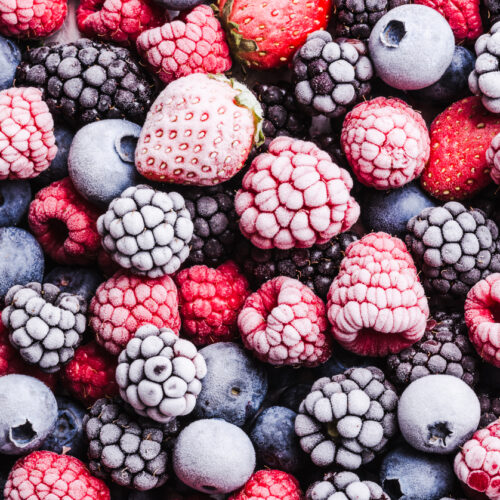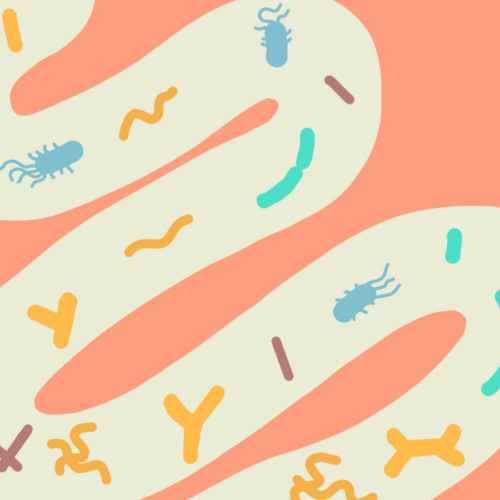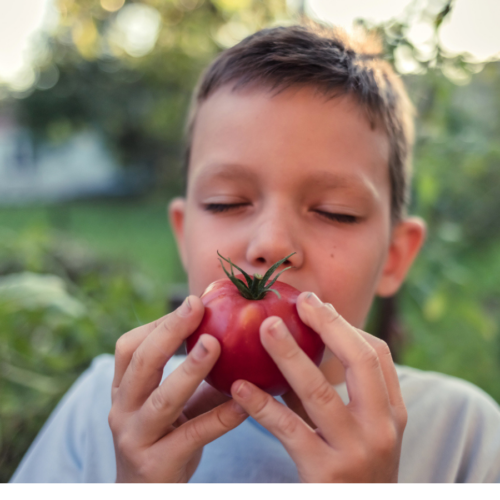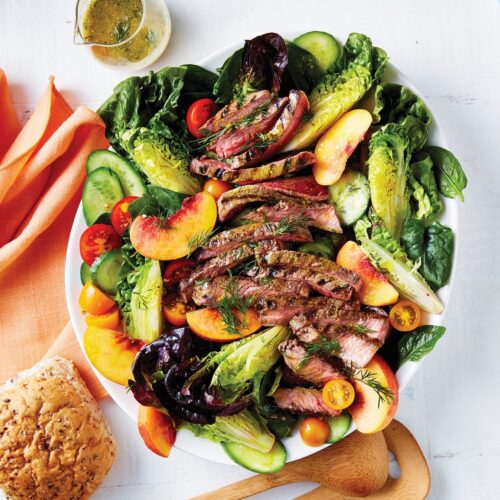
Q: “I am 65 years old and three months ago I fell in the garden and cut my ankle. I am still having the nurse come twice a week to clean and dress the wound as it hasn’t healed after all this time. I pride myself on being fit and healthy for my age, eating little meat or fish and lots of vegetables. I used to walk a lot but I can’t now because of my ankle. My nurse tells me I need to eat more meat to help me heal but I was told a few years ago that my cholesterol was high and to cut right down on this. What should I do?”
MargaretA: Katrina Pace, a dietitian specialising in nutrition for older people, responds:
“As you have had your wound for more than six weeks, we would call it ‘chronic’. This means that it is stuck in the healing process and needs some assistance to help it to finish healing.
Nutrition is very important as it provides your body with the building blocks for the tissue and skin to rebuild and fight infection. As soon as your body receives a wound (be it a paper cut or major surgery), your need for nutrition increases.
Protein is one of the most important nutrients to help healing. Protein helps build strong new skin and tissues. Although you were told a few years ago that your cholesterol was high, there is no need for you to avoid meat or fish. It is important that you have at least one protein source each day – probably even two to help your wound heal. Try to have a range of lean white and red meat, as well as fish. Remember, milk and cheese also contain protein and are available in low-fat choices.
It is also important that you get a full range of vitamins and minerals to help you heal, so make sure that you eat a wide range of fruit, vegetables, breads and cereals as well as protein.”
www.healthyfood.com










